-
Risk of hypoglycaemia: therapeutical implications
Radermecker RP
Rev Med Liege 2005, 60(5-6),461-465Abstract : Hypoglycaemia is defined as a plasma glucose concentration equal or below 54 mg/dl (3 mmol/l). It represents the most frequent acute metabolic complication among diabetic patients. Rarely fatal in patients with type 1 diabetes, it markedly alters the quality of life and hinders the achievement of a good metabolic control. Hypoglycaemia in type 2 diabetic patients treated with insulin secreting agents is less frequent, but it may be more dangerous in case of prolonged coma. Numerous intrinsic and extrinsic factors may influence the kinetics of plasma glucose concentrations among diabetic patients, which limits the prevision, and thus the prevention, of hypoglycaemic episodes. However, some basic rules, repeatedly emphasized during the multidisciplinary educational process, allow minimizing both the number and the severity of hypoglycaemic episodes. The present paper briefly describes some clinical situations increasing the risk of hypoglycaemia in diabetic patients treated with insulin or insulin secreting agents, emphasizing upon important therapeutic implications

